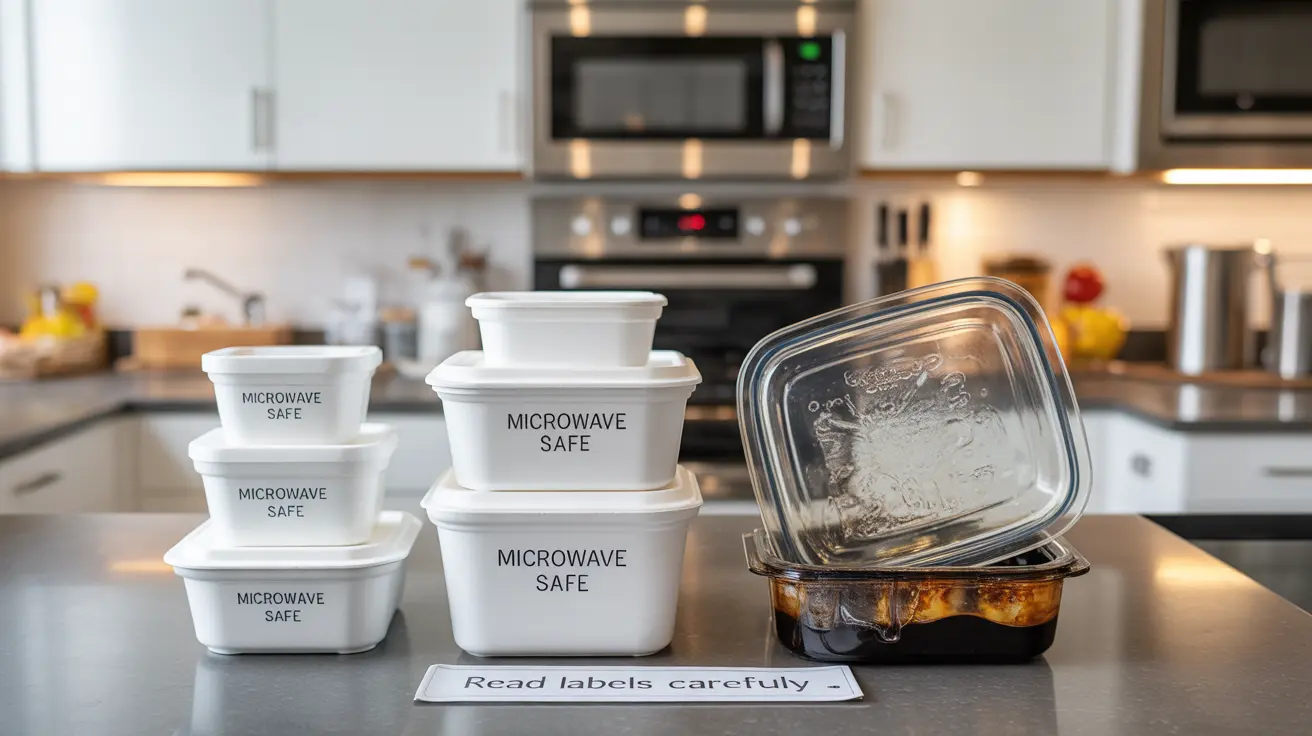Many of us have faced the dilemma of whether to microwave food in a Styrofoam container. While it might seem convenient, understanding the safety implications is crucial for protecting your health. This comprehensive guide will help you make informed decisions about microwaving Styrofoam and explore safer alternatives.
Understanding Styrofoam and Its Composition
Styrofoam, technically known as expanded polystyrene (EPS), is a petroleum-based plastic that contains styrene monomers. When exposed to heat, these materials can potentially break down and release harmful chemicals into your food. Understanding what Styrofoam is made of helps explain why microwaving it requires careful consideration.
Safety Concerns with Microwaving Styrofoam
The primary concern with microwaving Styrofoam is the potential release of toxic substances when heated. When exposed to high temperatures, non-microwave-safe Styrofoam can:
- Release harmful chemicals into food
- Melt or warp, causing potential burns
- Create holes that can lead to spills
- Contaminate food with plastic particles
How to Identify Microwave-Safe Styrofoam
Not all Styrofoam containers are created equal. Modern food-grade Styrofoam products may be specifically designed for microwave use. Here's how to identify microwave-safe containers:
- Look for the "microwave-safe" symbol
- Check for recycling codes (#5 or #6)
- Read package labels carefully
- Examine the container for any damage or wear
Safer Alternatives for Microwave Reheating
Instead of risking potential health hazards with Styrofoam, consider these safer alternatives for microwave use:
- Glass containers with lids
- Ceramic dishes
- Microwave-safe plastic containers
- Paper plates (for short heating times)
- Silicone food storage containers
Best Practices for Food Reheating
When reheating food, follow these safety guidelines regardless of container choice:
- Use moderate temperature settings
- Cover food properly to prevent splatter
- Allow steam to escape safely
- Check food temperature before consuming
- Never reheat without proper ventilation
Frequently Asked Questions
Is it safe to microwave Styrofoam containers that do not have a microwave-safe label?
No, it's not safe to microwave Styrofoam containers without a microwave-safe label. These containers can release harmful chemicals into your food and may melt or deform, potentially causing burns or spills.
What health risks are associated with microwaving regular Styrofoam containers?
Microwaving regular Styrofoam can release toxic chemicals like styrene into your food, which may cause potential health issues including headaches, fatigue, and in long-term exposure cases, more serious health concerns. The containers can also melt, potentially contaminating food with plastic particles.
How can I tell if a Styrofoam container is microwave-safe?
Look for a clear "microwave-safe" label or symbol on the container. Also check for recycling codes #5 or #6, which indicate heat-resistant materials. If there's no clear indication, assume it's not safe for microwave use.
What are the best alternatives to Styrofoam for reheating food in the microwave?
The safest alternatives include glass containers, ceramic dishes, microwave-safe plastic containers, and silicone food storage containers. These materials are specifically designed to withstand microwave heating without releasing harmful chemicals.
Why does microwaving Styrofoam sometimes cause melting, and how can it lead to burns or spills?
Styrofoam melts when exposed to high temperatures because it's made of expanded polystyrene, which has a relatively low melting point. When it melts, it can create holes or weak spots in the container, leading to hot food or liquid spills that can cause serious burns.




